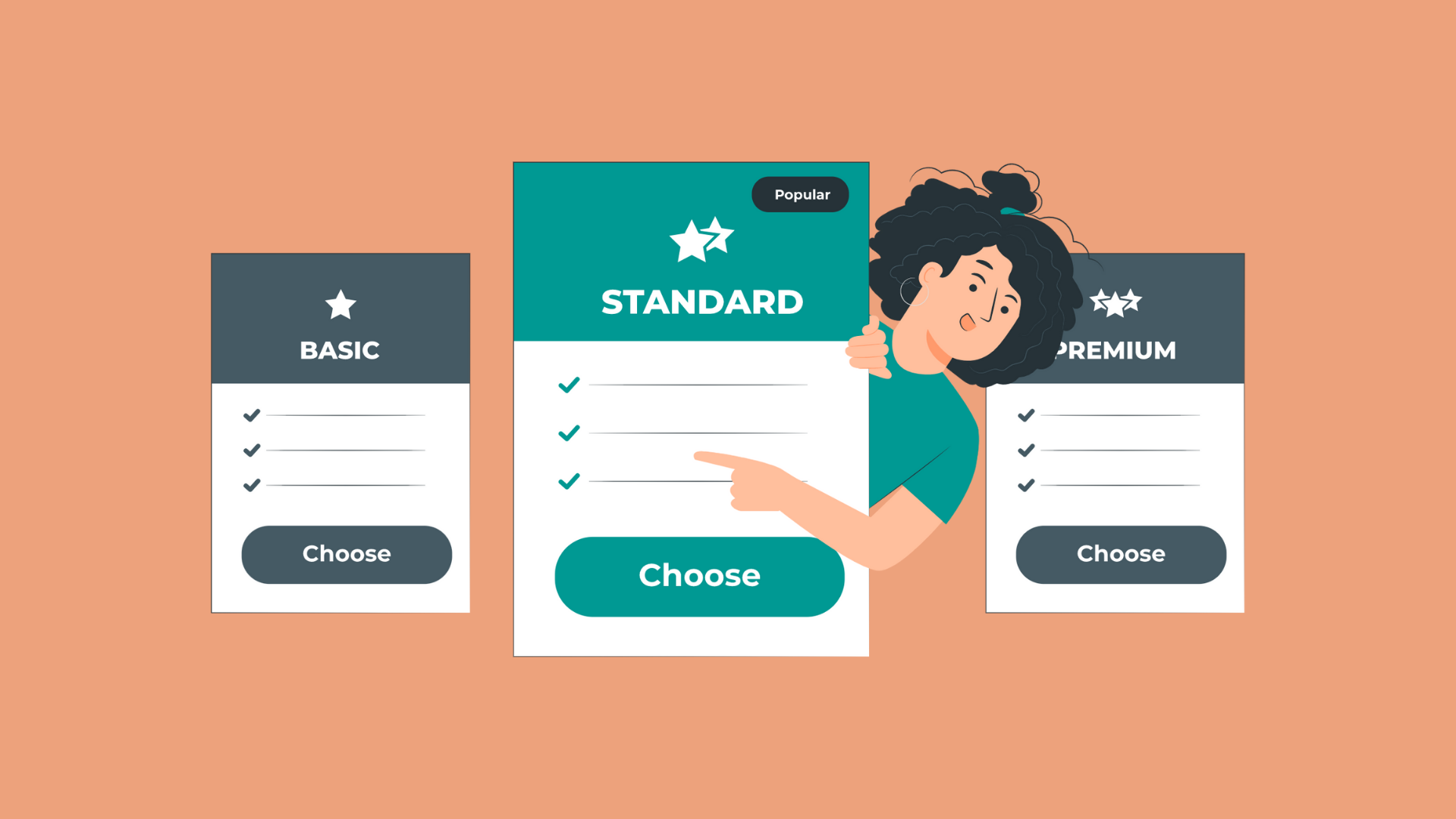Demand pricing: Its tactics and examples

How much can you profit from providing your products and services will depend on how much you can charge for them? That is not something, you can decide easily.
To assist you in the process, we summarise the most important things you should keep in mind when it comes to demand pricing.
In the business environment, we talk a lot about different demands. As a wholesale business owner, you may feel like, everyone has endless demands around you that you are trying to satisfy.
It doesn’t matter what you are selling or to whom, the demand for your product or service will determine the success of your organisation in the long run.
Table of Contents
First thing first, what is demand?
Demand represents the customer’s willingness to pay for your products and services. Demand can refer to the quantity and quality of the good or service at the same time. This willingness indicates how much you can charge for what you are selling. And that is why we are deep-diving into different demand-based pricing methods in this article. Hopefully with this, after determining your customer demand, you can choose the best pricing strategy.
Just to put things in perspective! The overall quantity demand for a product is called – market demand. While we call the total demand for every service and good belonging to one economy, aggregated demand.
What drives the demand for a product?
That is difficult to tell! It depends on many external and internal factors at the same time.
Some things are just unpredictable occasions, like black swan events (pandemics, or natural disasters). More popular factors are prices or availability of raw materials (like the recent issue due to lack of computer chips), changing customer trends (veganism), competition, industry and company news etc…
Should I use demand pricing?
It is bold to say that the generic definition of demand pricing “the higher the demand, the higher the prices” is applicable to every business. Because if you follow this mindset, then the opposite should apply as well, “the lower the demand, the lower the prices”.
Therefore, wholesalers are better to be considerate of using demand pricing. Since your prices shouldn’t cut much of your profit margins, they should also stay affordable for your customers.
We are introducing the different types of pricing methods below. This will help you decide if this is something that can lead to business growth, or not. Below, we also collected some case examples.
– So are you interested?
– Yeah, I might buy it. How much does it cost?
– That depends on how much are you willing to pay!
— Sales conversation
The four types of demand pricing methods
1. Price skimming
Price skimming is a pricing strategy that is most common among companies that are launching a new product line or introducing a service for the first time. The basic idea behind this method is to charge the highest possible price for the goods at first. Then with time, lowering it depending on the competition and/or to attract more price-sensitive customers. The overall goal is to generate as much revenue as possible with the product introduction.
This method is popular among companies selling electronic products, such as Apple (iPhone) or Sony (PlayStation).
2. Price Penetration
In contrast with price skimming, there is price penetration. The main idea of it is to release a new product at the lowest price possible. In general, this is a strategy that can be used for lower-cost items or if you are targeting a bigger but more price-sensitive customer segment. The overall goal is to gain market share quickly.
For service providers, this method can be also beneficial to make customers try their new releases and get used to new services at a lower switching cost. Good examples are household supplies or single-use products.
The common thing between the two methods is that they are both time-limited.
3. Value-based pricing
This method is highly customer-centred. It is based on the basic idea that you should charge as much as your customer segment is willing to pay, based on your product’s perceived value and the customers’ belief in your company. As part of this strategy, you shouldn’t focus on the costs of implementation or the prices of other players that much. The overall goal is to charge for the intangible added value of the good.
This method is recommended for niche and luxury products such as fashion brands.
4. Yield management
Yield management is a variable pricing strategy which is also a type of demand pricing. With the understanding of the main influencers of consumer behavior, vendors can anticipate in order to maximize revenue or profits from a fixed, time-limited resource. Okay, but what does that mean?
In simple terms, yield management is a strategy based on selling to the right customer, at the right time, for the right price.
Among service providers, this typically means selling the same product (i.e. a hotel room) to different customers for different prices. Depending on the time, and changing customer demands. In order to maximise the revenue earned on average.
To truly benefit from this strategy, a data-driven approach must be taken to ensure that you adjust prices at the right time for the right amount.

Are you interested in wholesale pricing works as well, not only in demand pricing? Then follow this link to learn more. You can also download our free wholesale price calculator.
How do you calculate demand prices?
1. Price skimming example
Imagine you are selling video games. What is more, you are about to launch the first VR game on the market.
Your first target audience contains innovators who are less price-sensitive and who are willing to risk trying new stuff. That’s why you start selling the game at the highest price possible ($10). This way, you can recover your research and implementation costs fast. This customer segment, however, is limited. Therefore, you must lower your prices ($8) and reach out to new, more price-sensitive segments.
This price reduction can be applied multiple times as long as you keep satisfied customers and your prices are representing the brand’s tangible and intangible product values. You should also keep a close eye on your competition, so you position your goods at the right price.
2. Price Penetration example
To understand how price penetration works, you should think of the opposite scenario. You are a game producer of regular computer games. You are introducing a new service for your regular customers as an add-on. In order, to reach the widest customer segment at first, you start with a discounted price ($5) or with a free trial.
Once the users are comfortable with your offer and get used to the service you provide. You can start increasing the price up to the point it still represents your tangible and intangible product values ($8). Increasing the price can happen in one or multiple continuous steps.
3. Value-based pricing example
In order to bring, a simple example for value-based pricing. Imagine that you are selling decorative wall paintings. If you were charging your customers based on only your costs. You would simply ask for as much as covers your expenses spent on the canvas, paint and your hourly wage. However, with value-based pricing, the price of a wall painting will be set based on some external factors as well. It will be influenced a lot by the acknowledgement of the painter, the image it represents, the gallery it is presented and so on…
These factors are mainly set by industry experts and trends, because of this, it can be difficult to make accurate forecasting.
4. Yield management example
To present a simple example for yield management, it is easier to think of yourself as a customer. Imagine you are a tourist planning to travel somewhere this summer. You are checking for flights, and you find some good connections at a favourable price. You don’t want to commit yet to finalising the purchase, though. A few weeks go past you are ready to book the flight, but you see completely different prices for the same flight, most often much higher prices.
As annoying, this is from a customer perspective, as strategic it is from a vendor point of view. Based on the collected data from the customers, the seller can better understand the current demand and change prices to maximise profit.
Regardless, you are using one of these four demand pricing methods or any other technique. Turis can support you by offering flexibility in pricing.
You can set different currencies and prices at the retailer or sales agent level.
On top of this, we are also supporting discount vouchers as a new feature. Vouchers can be offered based on conditions you select, even on top of additional sales.
Want to know how?
Book a meeting with our founder Casper. He will show you how Turis will benefit and grow your business.
Book meeting with Casper
RELEVANT POSTS

